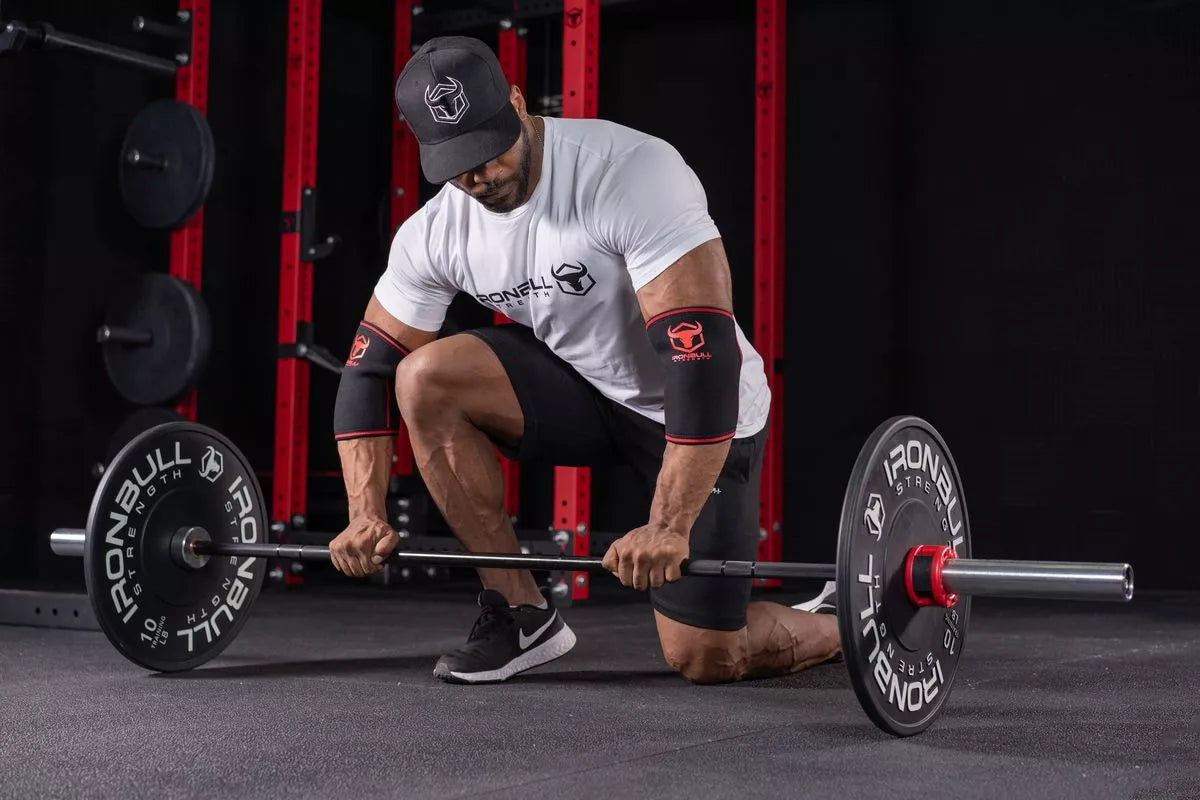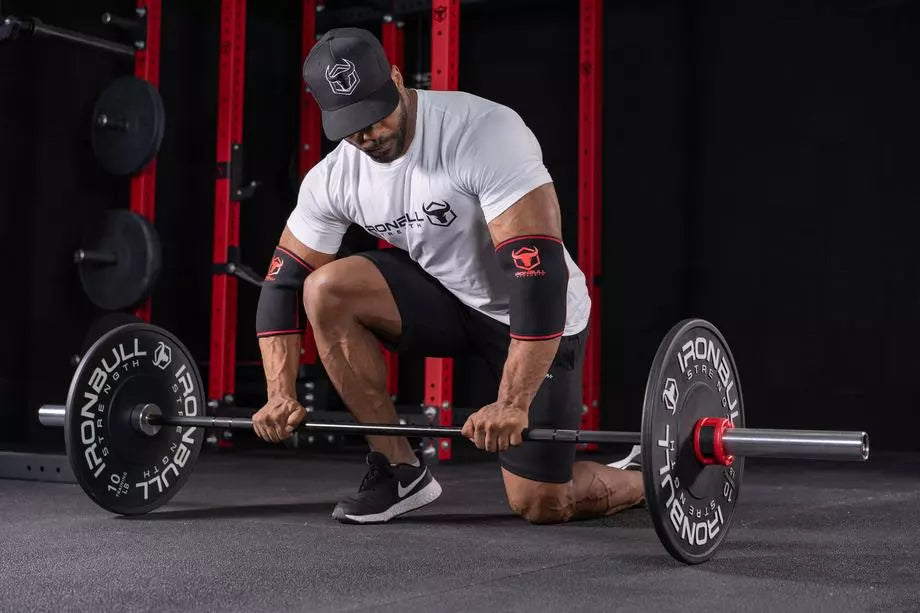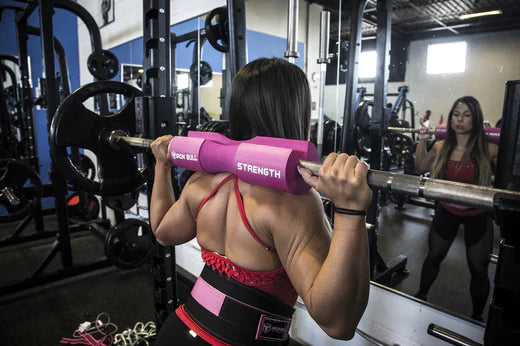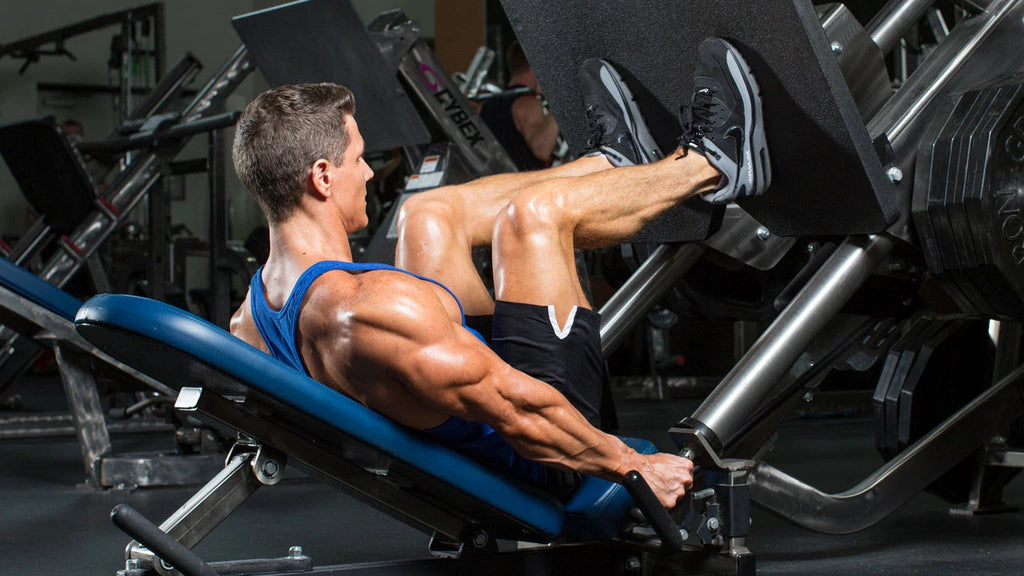Douleur au coude lors du levage : causes, prévention et traitement


Les douleurs au coude lors de la levée de poids sont fréquentes chez les sportifs et les athlètes. Elles peuvent être dues à divers facteurs, notamment un déséquilibre musculaire, des blessures dues à une surutilisation et une mauvaise technique de levage.
Comprendre les causes, les stratégies de prévention et les options de traitement des douleurs au coude dues au levage est essentiel pour garantir un entraînement musculaire sûr et efficace. Cet article approfondit le sujet et fournit des informations précieuses et des conseils pratiques pour gérer et prévenir ce problème.
Causes de la douleur au coude lors du levage
Déséquilibres musculaires
L'une des principales causes de douleur au coude due à la musculation est le déséquilibre musculaire. Ce déséquilibre peut se produire entre les muscles de l'avant-bras, comme dans le cas du tennis elbow, ou entre les muscles du bras, notamment les biceps et les triceps.
Déséquilibre entre les muscles de l'avant-bras : Le tennis elbow, aussi appelé épicondylite latérale, se caractérise par une inflammation des tendons qui s'attachent à la partie externe du coude. Il est souvent causé par un déséquilibre entre les muscles extenseurs et fléchisseurs de l'avant-bras. Le renforcement des muscles extenseurs et l'amélioration de la force de préhension peuvent contribuer à soulager cette affection.
Déséquilibre entre les muscles du bras : soulever des poids sans accorder suffisamment d'attention à l'équilibre entre les biceps et les triceps peut entraîner des déséquilibres et des douleurs. Renforcer le groupe musculaire le plus faible et maintenir une concentration égale sur les exercices des biceps et des triceps peut contribuer à prévenir les blessures dues à la surutilisation.
Blessures dues à la surutilisation et aux efforts répétitifs
Les douleurs au coude peuvent également résulter d’une surutilisation et de blessures dues à des efforts répétitifs.
Tendinite du coude : Une sollicitation excessive de l'articulation du coude, comme la réalisation de mouvements répétitifs comme les flexions des biceps ou les extensions des triceps avec un poids excessif, peut entraîner une tendinite. Cette affection provoque une inflammation des tendons, source de douleur et d'inconfort.
Coude du golfeur : Également appelé épicondylite médiale, le coude du golfeur se caractérise par une douleur à la face interne du coude. Il est souvent causé par des mouvements répétitifs de préhension ou de torsion, fréquents dans de nombreux exercices d'haltérophilie. Le coude du golfeur, quant à lui, touche la face externe du coude et est causé par des extensions répétées du poignet. Le renforcement des tendons affectés et une modification de la technique de levage peuvent contribuer à soulager ces affections.
Mauvaise technique de levage
Une technique de levage incorrecte peut exercer une pression excessive sur l’articulation du coude, entraînant des douleurs et des blessures.
Prise et positionnement incorrects : Une prise ou un positionnement incorrects lors des exercices d'haltérophilie peuvent provoquer une tension au niveau de l'articulation du coude et des muscles environnants. Il est important de maintenir une posture et un alignement corrects pour minimiser les risques de blessure.
Échauffement ou étirements inadéquats : Ne pas s'échauffer et s'étirer correctement avant de soulever des poids peut contribuer à des douleurs au coude. Des étirements des poignets et des avant-bras, ainsi que des exercices de mobilisation du coude, doivent être intégrés à l'échauffement pour améliorer la souplesse et l'amplitude des mouvements.
Stratégies de prévention et de gestion
Technique de levage appropriée
Maintenir une forme et un alignement appropriés lors du levage de poids peut réduire considérablement le risque de douleur au coude.
Maintenir une posture et un alignement corrects : cela implique de garder le poignet droit, de maintenir une prise neutre et d'éviter toute flexion ou extension excessive du coude. Un alignement correct est essentiel pour chaque exercice.
Engager les bons groupes musculaires tout au long de l'exercice : se concentrer sur le ciblage des groupes musculaires visés lors du levage de poids peut aider à prévenir la surcharge de l'articulation du coude et à prévenir les blessures dues à une surutilisation.
Exercices d'échauffement et de mobilité
L’intégration d’exercices spécifiques d’échauffement et de mobilité peut préparer l’articulation du coude et les muscles environnants aux exigences de l’haltérophilie.
Étirements du poignet et de l’avant-bras : effectuer des étirements du poignet et de l’avant-bras, comme des flexions du poignet, peut augmenter la flexibilité et réduire le risque de tension.
Exercices de mobilisation du coude : Ces exercices aident à améliorer l’amplitude des mouvements de l’articulation du coude, réduisant ainsi la raideur et les risques de blessures.
Développer la mobilité de la hanche et de la cheville : Les exercices de mobilité de la hanche et de la cheville améliorent la mécanique globale du mouvement et préviennent les compensations qui peuvent exercer une pression sur l'articulation du coude.
Renforcement et conditionnement : L’intégration d’exercices ciblant les muscles de l’avant-bras et du haut du bras peut aider à prévenir les déséquilibres et les blessures.
Renforcement des muscles de l’avant-bras et du haut du bras : Soulever des poids qui sollicitent les muscles de l’avant-bras et du haut du bras de manière contrôlée procure force et conditionnement, réduisant ainsi le risque de déséquilibres musculaires.
Augmentation progressive des poids et de l’intensité : L’augmentation progressive des poids et de l’intensité permet au corps de s’adapter et de réduire les risques de blessures dues à une surutilisation.
Repos et récupération
Il est essentiel de laisser au corps le temps de récupérer et de se réparer pour prévenir et gérer la douleur au coude.
Prévoir un temps de repos adéquat : Prévoir des jours de repos entre les séances de musculation donne aux muscles et aux tendons le temps de récupérer et de se reconstruire.
Alterner les groupes musculaires et les exercices : Varier les exercices et les groupes musculaires peut prévenir une tension excessive sur l’articulation du coude et réduire le risque de blessures dues à une surutilisation.
Recherche d'aide professionnelle
Consultation avec un physiothérapeute ou un spécialiste en médecine sportive : demander conseil à un professionnel peut permettre une évaluation et un plan de traitement individualisés.
Évaluation de la routine et de la forme de levage actuelles : un physiothérapeute ou un spécialiste en médecine sportive peut évaluer la technique de levage et fournir des recommandations pour améliorer la forme et minimiser la tension sur l'articulation du coude.
Développement d’un programme d’exercices et d’un plan de traitement personnalisés : Les professionnels peuvent développer un programme d’exercices sur mesure qui cible les faiblesses individuelles, permettant une routine d’entraînement en force sûre et efficace.
Utilisation des coudières et des bandages pour coudes :
En cas de douleur au coude lors du levage, le port de coudières et de bandages de coude peut apporter un soulagement significatif. Les coudières sont des vêtements ajustés et de soutien qui se portent autour de l'articulation du coude, offrant compression et stabilité.
Elles peuvent soulager la douleur causée par des affections telles que le tennis elbow, le golf elbow, la tendinite du biceps et la tendinite du triceps. Les coudières augmentent le flux sanguin vers la zone concernée, réduisent l'inflammation et procurent de la chaleur, ce qui peut soulager la douleur chronique et favoriser la guérison.
Les bandages de coude, quant à eux, sont des sangles polyvalentes et réglables qui permettent d'offrir une compression et un soutien ciblés au tendon du coude et aux muscles de l'avant-bras. Ils sont particulièrement bénéfiques pour les haltérophiles souffrant de douleurs internes ou latérales du coude.
En exerçant une pression sur la zone affectée, les bandages de coude peuvent soulager les tensions et le stress sur les tendons, réduire la douleur et améliorer la force de préhension lors des exercices de levage. De plus, ils peuvent être utilisés en kinésithérapie ou en médecine sportive pour les blessures au coude, comme les tendinites ou les bursites olécrâniennes.
Ils assurent la stabilité de l'articulation du coude et favorisent un alignement correct, prévenant ainsi d'autres blessures et facilitant le processus de guérison. Dans l'ensemble, l'utilisation de manchons et de bandages de coude peut être essentielle pour gérer la douleur au coude lors du levage de poids ou de mouvements répétitifs.
Ils offrent un soutien et une compression ciblés aux tendons et muscles du coude, réduisant ainsi les tensions et l'inflammation. En apportant stabilité et en favorisant la circulation sanguine, ces outils peuvent soulager les douleurs chroniques et améliorer la force de préhension, permettant ainsi aux personnes de poursuivre leurs exercices et de rééduquer efficacement leurs problèmes de coude.
Physiothérapie et réadaptation :
Les modalités de physiothérapie et les programmes d’exercices guidés peuvent accélérer la guérison et améliorer la force et la stabilité des articulations.
Utilisation de diverses modalités : Des modalités telles que les ultrasons ou la stimulation électrique peuvent aider à réduire la douleur et l'inflammation tout en favorisant la guérison de l'articulation du coude
Programmes d’exercices guidés : les physiothérapeutes peuvent concevoir des programmes d’exercices guidés qui traitent des faiblesses et des déséquilibres spécifiques, favorisant ainsi la santé globale du coude.
Conclusion
Les douleurs au coude peuvent avoir un impact significatif sur la routine de musculation. En adoptant des techniques de levage appropriées, en intégrant des exercices de mobilité et en consultant un médecin, vous pouvez atténuer et gérer efficacement la douleur.
Il est essentiel de traiter les faiblesses et les déséquilibres spécifiques afin de prévenir les douleurs chroniques à long terme et d'optimiser les performances globales. N'oubliez pas de consulter un professionnel en cas de douleur persistante ou intense au coude. En adoptant une approche proactive et globale de prévention et de traitement, vous pouvez favoriser une pratique de musculation plus sûre et plus agréable.



